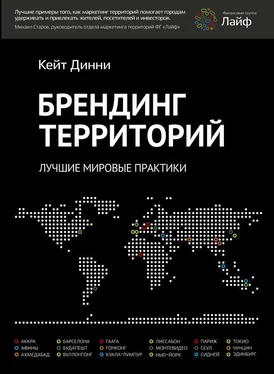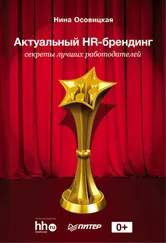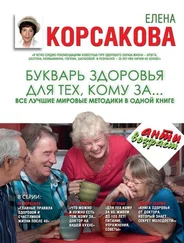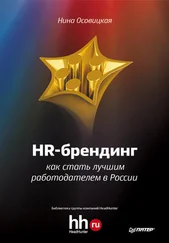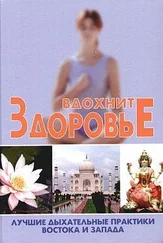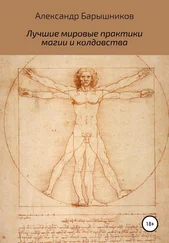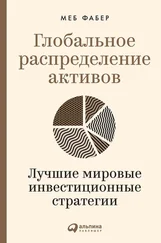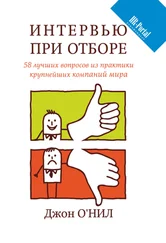133. Jain, К. (1988), Wooden houses, in Michell, G. and Shah, S. (eds), Ahmadabad, Marg Publications, Mumbai, India.
134. Jansson, J. and Power, D. (2006), Image of the City: Urban Branding as Constructed Capabilities in Nordic City Regions, Research Report, Nordic Innovation Centre, Oslo, Noway, available at: http://www.nordicinnovation.net/Jmg/image_of_the_city_-_web.pdf(accessed 2 June 2010).
135. Jinnai, H. (1995), Tokyo: A Spatial Anthropology, University of California Press, Berkeley, United States.
136. Kajikawa, A., Masuda, Y., Sato, M., Takahashi, N. and Ojima, T. (2005), A field study on revival conditions of covered rivers in Tokyo’s 23 wards, Journal of Asian Architecture and Building Engineering, Vol. 4, No. 2, pp. 489–494.
137. Kapferer, J.-N. (2008), The New Strategic Brand Management Creating and Sustaining Brand Equity LongTerm, Fourth edition, Kogan Page, London, United Kingdom.
138. Kavaratzis, M. (2004), From city marketing to city branding: Towards a theoretical framework for developing city brands, Place Branding, Vol. 1, No. 1, pp. 58–73.
139. Kavaratzis, M. (2009a), Cities and their brands: Lessons from corporate branding, Place Branding and Public Diplomacy, Vol. 5, No. 1, pp. 26–37.
140. Kavaratzis, M. (2009b), What can we learn from city marketing practice? European Spatial Research and Policy, Vol. 16, No. 1, pp. 41–58.
141. Kavaratzis, M. and Ashworth, G.J. (2006), City branding: An effective assertion of identity or a transitory marketing trick? Place Branding, Vol. 2, No. 3, pp. 183–194.
142. Kavaratzis, M. and Ashworth, G.J. (2007), Partners in coffeeshops, canals and commerce: Marketing the city of Amsterdam, Cities, Vol. 24, No. 1, pp. 16–25.
143. Kazis, N. (2010), Picturing a car-free seine. The new vision forthe Paris waterfront, Streetsblog, 7 May, available at: http://www.streetsblog.org/20l0/05/07/picturing-a-car-free-seine-the-new-vision-for-the-paris-waterfront/(accessed 24 May 2010).
144. Keith, V. (2010), Clip-on architecture: Reforesting cities, Urban Omnibus, 13 January, available at: http://urbanomnibus.net/2010/01/clip-on-architecture-reforesting-cities/(accessed 28 May 2010).
145. Kelts, R. (1999), ‘Hiropon my heroine’, Zoetrope All-Story, Vol. 3, No. 4, available at: http://www.all-story.com/issues.cgi?action=show_story&story_id=55(accessed 5 June 2010).
146. Kelts, R. (2007), Japanamerica: How Japanese Pop Culture Has Invaded The U.S., Palgrave Macmillan, New York, United States.
147. Khera, M. (2009), Ahmedabad: The entrepreneurship capital of India, The Times of India, Ahmedabad edition, 13 August, Special Supplement, p. 6.
148. Kleppe, I.A., Iversen, N.M. and Stensaker, I.G. (2002), Country images in marketing strategies: Conceptual issues and an empirical Asian illustration, Journal of Brand Management, Vol. 10, No. 1, pp. 61–74.
149. Kneafsey, M. (2000), Tourism, place identities and social relations in the European rural periphery, European Urban and Regional Studies, Vol. 7, No. 1, pp. 19–33.
150. Kotler R., Asplund, C., Rein, I. and Haider, D.H. (1999), Marketing Places Europe: How to Attract. Investments, Industries, Residents and Visitors to Cities, Communities, Regions and Nations in Europe, Financial Times Management, London, United Kingdom.
151. Kotler R., Haider, D. and Rein, I. (1993), Marketing Places: Attracting Investment Industry, and Tourism to Cities, States, and Nations, Free Press, New York, United States.
152. Kuala Lumpur City Hall (2008), Draft Kuala Lumpur City Plan 2020, available at: http://klcity-plan2020.dbkl.gov.my/eis/?pagejd=280(accessed 7 January 2010).
153. Kumagai, Y and Yamada, Y. (2008), Green space relations with residential values in downtown Tokyo: Implications for urban biodiversity conservation, Local Environment. The International Journal of justice and Sustainability, Vol. 13, No. 2, pp. 141–157.
154. Lanfant, M.-F. (1995), International tourism, internalization and the challenge to identity, in Lanfant, M.-F., Allcock, J.B. and Bruner, E.M. (eds), International Tourism: Identity and Change, Sage Publications, London, United Kingdom, pp. 24–43.
155. Leonard, M. (1997), Britain™ Renewing Our Identity, Demos, London, United Kingdom.
156. Lindstrom, M. (2001), Corporate branding and the Web: A global/local challenge, Journal of Brand Management, Vol. 8, No. 4/5, pp. 365–368.
157. Long, L. (ed.) (2004), Culinary Tourism, University Press of Kentucky, Lexington, Kentucky, United States.
158. Lynch, К. (1960), The Image of the City, The MIT Press, Cambridge, United States.
159. MacCannell, D. (1999), The Tourist: A New Theory of the Leisure Class, University of California Press, Berkeley, United States.
160. Markusen, A. (2006), Urban development and the politics of a creative class: Evidence from a study of artists, Environment and Planning, Vol. 38, No. 10, pp. 1921–1940.
161. Markusen, A. and Schrock, G. (2006), The distinctive city: Divergent patterns in growth, hierarchy and specialization, Urban Studies, Vol. 43, No. 8, pp. 1301–1323.
162. Marshall, T. (ed.) (2004), Transforming Barcelona, Routledge, London, United Kingdom.
163. Martinez, J.G. (2007), Selling avant-garde: How Antwerp became a fashion capital (1990–2002), Urban Studies, Vol. 44, No. 12, pp. 2449–2464.
164. McCleary, K.W. and Whitney, D.L. (1994), Projecting Western consumer attitudes toward travel to six Eastern European countries, in Uysal, M. (ed.), Global Tourist Behaviour, International Business Press, New York, United States, pp. 239–256,
165. McWilliam, G. (2000), Building stronger brands through online communities, Sloan Management Review, Vol . 41, No. 3, pp. 43–54.
166. Mehta, H. (2010), Vibrant Gujarat 2011 attempts a Davos, The Times of India, Ahmedabad edition, 5 February, p. I.
167. Mehta, R.N. and Jamindar, R. (1988), Urban context, in Michell, G. and Shah, S. (eds), Ahmadabad, Marg Publications, Mumbai, India.
168. Melissen, J. (2005), Wielding soft power: The new public diplomacy, Netherlands Institute of International Relations Clingendael, available at: http://www.clingendael.nl/publications/2005/20050500_cdsp_paper_diplomacy_2_melissen.pdf(accessed 5 June 2010).
169. Mercer Human Resource Consulting (2008), Quality of Living Global City Rankings 2008, available at: http://www.mercercom/summary.htm?idContent=1307990(accessed 25 May 2010).
170. Merton, R. (1968), The Matthew effect in science, Science, Vol. 159, No. 3810, pp. 56–63.
171. Metzger, J. (2005), I Kottbullslandet: Konstruktionen av svenskt och utlandskt pa det kulinariska faltet (In the land of meatballs: The historical construction of Swedishness and foreignness in the culinary field), Stockholm Studies in Economic History 42, Stockholm University, Sweden.
172. Miele, M. and Murdoch, J. (2002), The practical aesthetics of traditional cuisines: Slow food in Tuscany, Sociologia Ruralis, Vol. 42, No. 4, pp. 312–328.
173. Miguens, J., Baggio, R. and Costa, C. (2008), Social media and tourism destinations: TripAdvisor case study, Advances in Tourism Research, Aveiro, Portugal, 26–28 May.
174. Mishima, Y., Shikanai, K., Hayashi, M. and Ishikawa, M. (2010), Revitalization of the Kyobashi River in Tokyo, paper presented at 15 thInter-University Symposium on Asian Mega-Cities (IUSAM), 11–12 March, University of Tokyo, Japan.
175. Mitchell, R.K., Agle, B.R. and Wood, D.J. (1997), Toward a theory of stakeholder identification and salience: Defining the principle of who and what really counts, Academy of Management Review, Vol. 22, No. 4, pp. 853–886.
Читать дальше
Конец ознакомительного отрывка
Купить книгу
